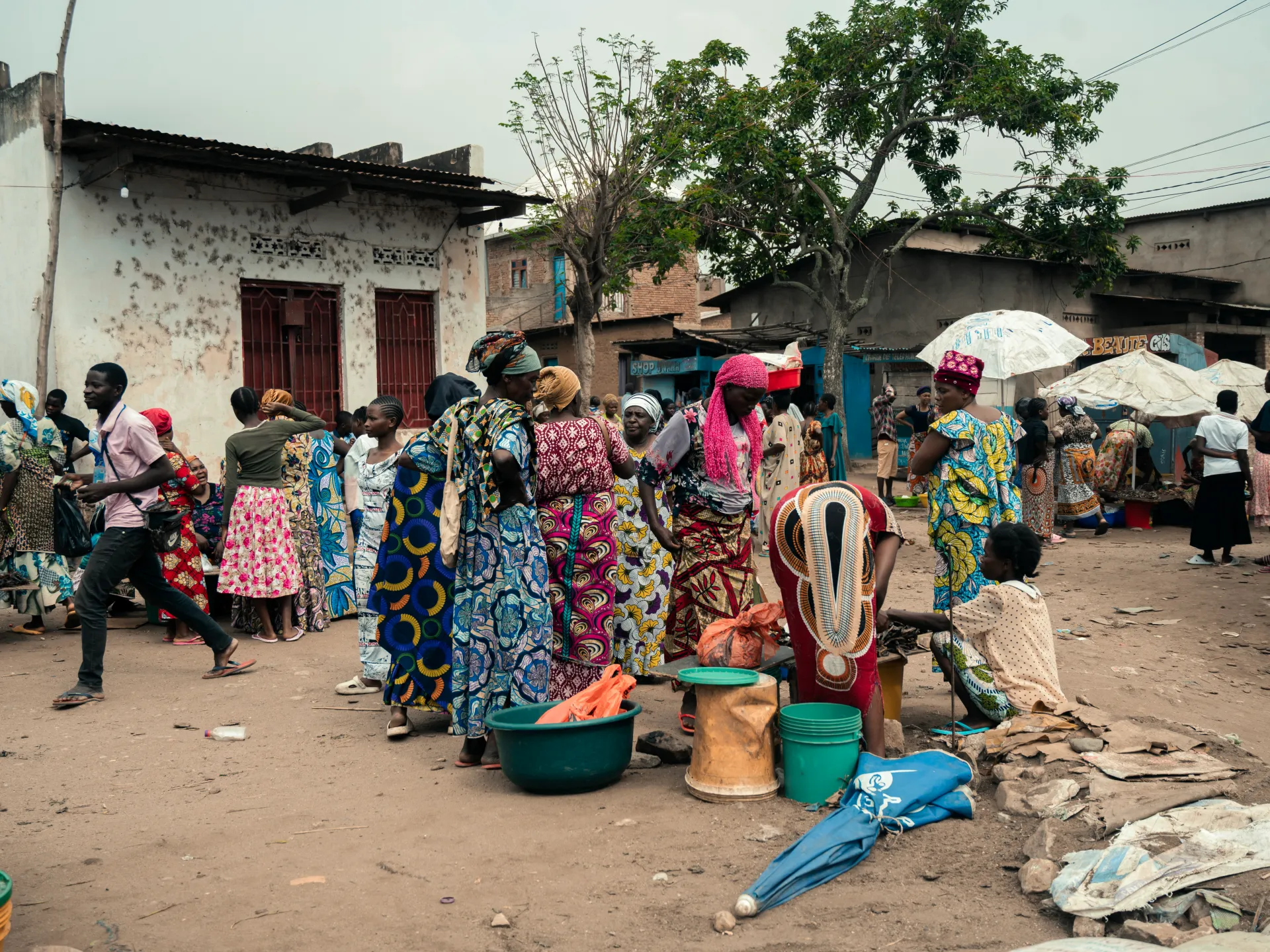Refugees describe neighbours killed as M23 cements control of key DRC city | Conflict News
Congolese refugees have recounted harrowing scenes of death and family separation as they fled intensified fighting in the eastern Democratic Republic of the Congo (DRC), where Rwanda-backed M23 rebels captured a strategic city despite a recent United States-brokered peace agreement.
M23 has cemented control over Uvira, a key lakeside city in DRC’s South Kivu province that it seized on Wednesday, despite a peace accord that President Donald Trump had called “historic” when signed in Washington just one week earlier.
Recommended Stories
list of 3 itemsend of list
Al Jazeera, which is the first international broadcaster to gain access to the city since M23’s takeover, saw residents tentatively returning home after days of violence, amid a heavy presence of rebel fighters on Friday.
The day before, M23 fighters combed the streets to flush out remaining Congolese forces and allied militias – known as “Wazalendo” – after taking over key parts of the city.
Meanwhile, at Nyarushishi refugee camp in Rwanda’s Rusizi district, Akilimali Mirindi told the AFP news agency she fled South Kivu with just three of her 10 children after bombs destroyed her home near the border.
“I don’t know what happened to the other seven, or their father,” the 40-year-old said, describing corpses scattered along escape routes as about 1,000 people reached the camp following renewed clashes this month.
Regional officials said more than 413 civilians have been killed since fighting escalated in early December, with women and children among the dead.
The offensive has displaced about 200,000 people, and threatens to drag neighbouring Burundi deeper into a conflict that has already uprooted more than seven million across eastern DRC, according to United Nations figures.
Uvira sits on Lake Tanganyika’s northern shore, directly across from Burundi’s largest city, and serves as South Kivu’s interim government headquarters after M23 seized the provincial capital, Bukavu, in February.
Al Jazeera correspondent Alain Uaykani, who gained access to the city on Friday, reported a tenuous calm and the heavy presence of M23 soldiers but described harrowing scenes on the journey there.
“Here in Uvira, we have seen different groups of the Red Cross with their equipment, collecting bodies, and conducting burials across the road,” Uaykani said.
He added that the Al Jazeera crew saw abandoned military trucks destroyed along the road to Uvira, and the remains of people who were killed.
Residents who fled Uvira told AFP of bombardment from multiple directions as M23 fighters battled Congolese forces and their Burundian allies around the port city.
“Bombs were raining down on us from different directions,” Thomas Mutabazi, 67, told AFP at the refugee camp. “We had to leave our families and our fields.”
‘Even children were dying’
Refugee Jeanette Bendereza had already escaped to Burundi once this year during an earlier M23 push in February, only to return to DRC when authorities said peace had been restored. “We found M23 in charge,” she said.
When violence erupted again, she ran with four children as “bombs started falling from Burundian fighters”, losing her phone and contact with her husband in the chaos.
Another refugee, Olinabangi Kayibanda, witnessed a pregnant neighbour killed alongside her two children when their house was bombed. “Even children were dying, so we decided to flee,” the 56-year-old told an AFP reporter.
M23 spokesperson Lawrence Kanyuka announced on Wednesday that Uvira had been “fully liberated” and urged residents to return home.
Fighting had already resumed even as Trump last week hosted Congolese President Felix Tshisekedi and his Rwandan counterpart Paul Kagame at a widely attended signing ceremony.
The December 4 Washington agreement obliged Rwanda to cease supporting armed groups, though the M23 was not party to those negotiations and is instead involved in separate Qatar-mediated talks with Kinshasa.
DRC’s government accused Rwanda of deploying special forces and foreign mercenaries to Uvira “in clear violation” of both the Washington and earlier Doha agreements.
The US embassy in Kinshasa urged Rwandan forces to withdraw, while Congolese Foreign Minister Therese Kayikwamba Wagner called for Washington to impose sanctions, saying condemnation alone was insufficient.
Rwanda denies backing M23 and blames Congolese and Burundian forces for ceasefire violations.
In a statement on Thursday, President Kagame claimed that more than 20,000 Burundian soldiers were operating across multiple Congolese locations and accused them of shelling civilians in Minembwe.
UN Secretary-General Antonio Guterres warned the escalation “increases the risk of a broader regional conflagration” and called for an immediate cessation of hostilities.
